Everything about ceviche
There are about 500 known dishes in Peru, with signature dish number one: ceviche. Here you can find everything all relevant information about ceviche.
There are about 500 known dishes in Peru, with signature dish number one: ceviche. Here you can find everything all relevant information about ceviche.
Ceviche is an authentic Peruvian dish of fresh fish or seafood in a citrus-marinade, called tiger's milk. Cooking fish denatures the protein structure and transforms raw fish into cooked fish. This can be done by heat, but also by acids of, among others, citrus fruits or passionfruit. There are many recipes available, and every Peruvian has her or his own way of preparing ceviche. It is easy to make as long as you respect the basics of the ceviche. Commonly, ceviche is decorated with giant white corn kernels, fried corn , onion and sweet potato.
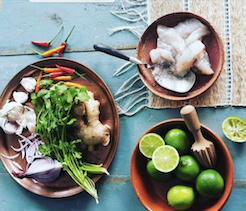
‘Leche de tigre’ or 'tiger's milk' is the marinade in which the fish is cooked. It always contains citrus fruit juice (any citrus fruit, but lime is mostly used), chillies, onions and cilantro. For the basic tiger’s milk, you can also add garlic, celery or ginger. As said, everyone has their own way of making the marinade. The name comes from the milky white colour. Tiger's milk is a superfood: it strengthens your immune system, it is a great hangover remedy and…it increases the libido.
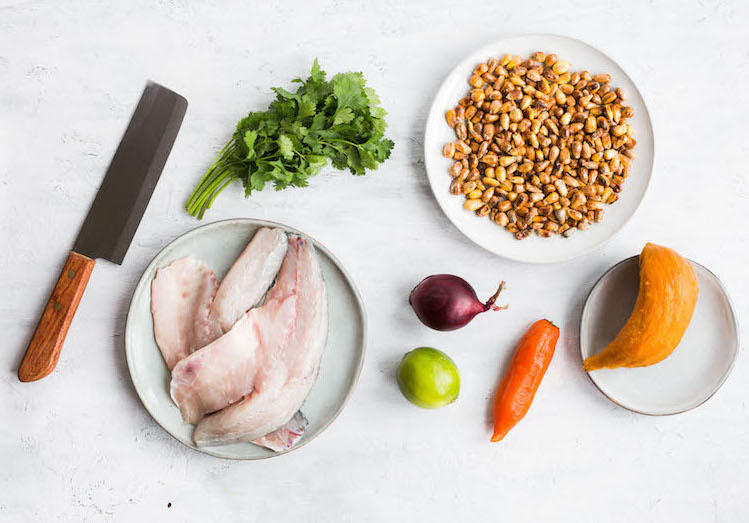
Ceviche can be made with a lot of different types of fish as long as it is as fresh as possible. Therefore, ceviche is commonly eaten for lunch. The traditional fish for classic ceviche is corvina or lenguado, both white fishes. Still, you can use a lot of fishes and seafood for ceviche. Each country has is traditional 'ceviche fish'.The cooking time varies per fish; this depends on the structure and how it is cut.
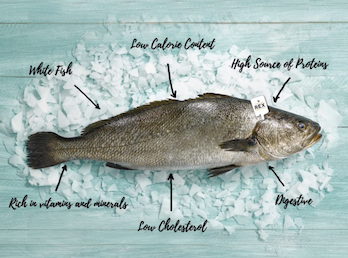


You can find ceviches all over the world, under various names with different ingredients. Some examples are kokoda in the Fiji islands, salpicón in Spain, aguachile in Mexico and kinilaw in the Philippines. There’s a general misconception that ceviche should always have fish or seafood. The most popular ones do include those ingredients. However, there also are vegetarian and meat ceviches and ceviches of cooked seafood, such as ceviches made with beans, with hearts of palm, with mushrooms, cooked chicken or octopus, broccoli or cauliflower and made with beef. Everything is possible, but not without a proper leche de tigre.
In Peru there are many types of ceviche, using fish, seafood, veggies, meat. Some examples: ceviche Clásico or simple, ceviche Caretillero with fried squid heads, ceviche Mixto with fish and seafood, ceviche de Pulpo in coastal Peru, ceviche de Concha Negras of black shells also in coastal Peru, ceviche de Camarones with shrimp in in the border area with Ecuador and the Arequipa area in the south of Peru, ceviche de Champignones, ceviche de chochos with beans in the Ancash region in the Andes, ceviche Nikkei, ceviche Amazónico with fish, ajies and palm heart from Iquitos in the Amazon, Chinguirito with cured or dried guitarfish in the Piura region in the north of Peru and ceviche de Criadilla with frozen testicles of bulls.



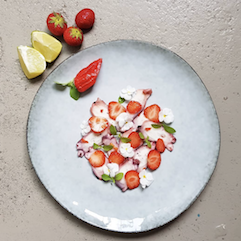
Tiradito is a Japanese inspired type of ceviche. The difference is that the fish is cut in thin slices, no onions are used, the fish is not cooked but raw (similar to sushi), and it often contains Asian flavours, such as mirin or soy.
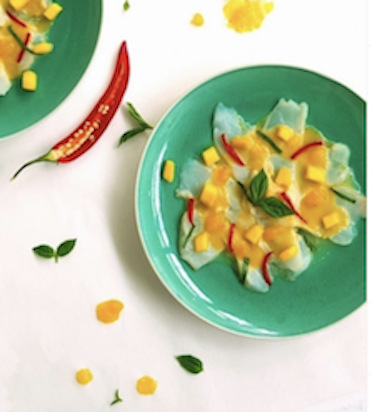
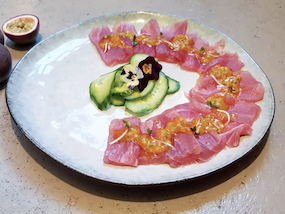
Since the fish is not heated during the acid treatment, micro-organisms are not killed by heat as usually the case with cooking on fire. When making ceviche, it is therefore essential to use high-quality fish. In Europe, there are very strict safety rules for fishermen: they have to freeze freshly caught fish on the boats immediately at a temperature of minus 20 C. Parasites can be killed by freezing the fish.
Eating raw or undercooked fish increases the risk of foodborne disease, and it is unadvised when you have a weaker immune system. If in doubt, do not eat ceviche or search for expert advice.
Ceviche has gone through an interesting evolution. We all know the Incas, because they were in Peru when the Spanish arrived.. A much older and coastal civilisation, the Moche, was way longer in Peru for about 800 years. They lived in the North of Peru and mainly lived from fishing. The local fishermen heroes used, and still do, reed fisherboats, 'caballitos de totora' to go fishing on the sea.
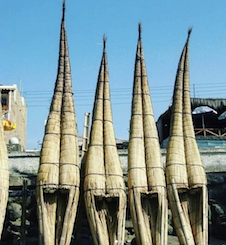
Initially, they ate the fish without filleting and marinated it with tumbo and salt. Tumbo is a very sour banana passionfruit. This fruit contains the highest level of vitamin C in the world!
When the Incas came, they marinated the fish in chicha, a corn drink. This changed when the Spanish Conquistadores came who brought citrus fruits and onions. From that moment, ceviche was first marinated in Sevilla oranges and later with limes. This marks the birth of ceviche as we now know it. The curing process took hours, sometimes even a night as the fish was cut in big pieces. Nowadays, the fish is cut in small pieces or slices and briefly cured. Ceviche is very much loved in Peru, where it is part of our national heritage. There are over 500 unique dishes known and number one is the signature dish ceviche.
As you can see, just like nature: Peru has a rich history. It goes back 2,000 years and the first known written recipe was in 1860 in 'the Guide of Lima' under the chapter 'very spicy dishes'.

They were the running messengers of the Inca’s. They ran over 200km a day and had a relay system. With a conch shell, the chasqui gave a trumpet sound signal, so that the following runner could prepare to run. Chasquis carried messages, gifts, ingredients and fish for the ceviche. For preservation the fish was laid in salt.

Also cebiche, seviche or sebiche can be heard, but the most commonly used name is ceviche. There are various theories about the origin of the name, and none have been proven yet: one suggests that it comes from ‘cibus’, which means ‘food’ in Latin. Another claims that it comes from the Arabic word ‘sakbaj’, which means meat cooked in vinegar or from the Persian word ‘sekba’, meaning a soup made with meat and vinegar. More probable claims are that it comes from ‘escabeche’, Spanish for pickle or from the Quechua (the first indigenous language in Peru) translation ‘siwichi’.